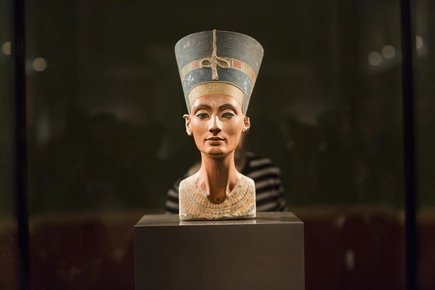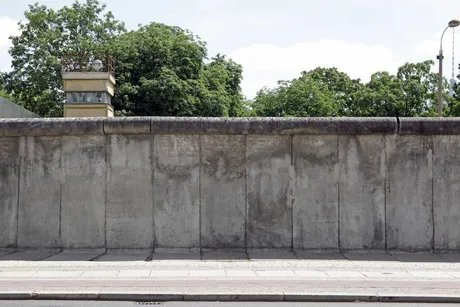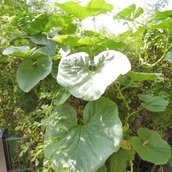
Germany was divided for over 40 years. The Berlin Wall and the inner-German border separated families, friends, tram and underground networks, villages and entire landscapes. To this day, we still feel the consequences of the division in politics and society.
But what did barbed wire and the death strip actually mean for the wildlife around the Wall and the border?
From the ‘Green Belt’ to East-West raccoons and the famous Wall hares, the significance of the division for wildlife populations and biodiversity is examined. And you will learn surprising facts about how it continues to have an impact on raccoons, hares and other animals to this day.
Science journalist Julia Vismann talks to Berlin's wildlife officer Derk Ehlert, former Federal Environment Minister Steffi Lemke and contemporary historian Dr Clemens Maier-Wolthausen.
The performance ‘2 ½ Krähen’ (2 ½ Crows) takes up the natural curiosity of the separation between European hooded crows and carrion crows. Through dance, text and sound, she takes the audience into areas of tension that exist in nature and in societies: coexistence and cooperation, division and unity, attributions and self-images, boundaries and their overcoming.
- Panel discussion: Animal division?! Raccoons, rabbits and co. and the inner-German border
- Date: 16 September 2025 Time: 6 p.m.
- Location: Restaurant Patagona (castle entrance), Am Tierpark 41, 10319 Berlin
An event organised by the Federal Foundation for the Reappraisal of the SED Dictatorship and Tierpark Berlin.
Registration for ‘Animal division?! Raccoons, rabbits and co. and the inner-German border’ | Federal Foundation for the Reappraisal of the SED Dictatorship
(Language: German)
Additional information
Dates
September 2025
| Mo | Tu | We | Th | Fr | Sa | Su |
|---|---|---|---|---|---|---|
1
|
2
|
3
|
4
|
5
|
6
|
7
|
8
|
9
|
10
|
11
|
12
|
13
|
14
|
15
|
16
|
17
|
18
|
19
|
20
|
21
|
22
|
23
|
24
|
25
|
26
|
27
|
28
|
29
|
30
|



